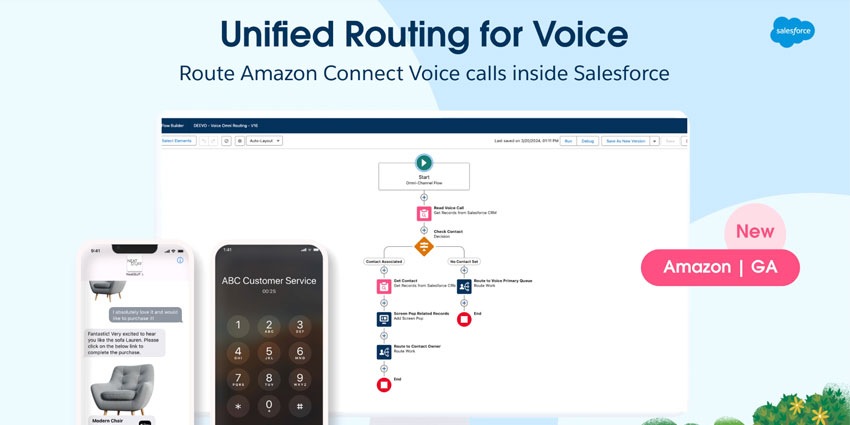In June 2021, Deloitte predicted that the global CRM market will grow by $33.5 billion between 2019 and 2023, thanks to “the perceived benefits of cloud computing.” Indeed, cloud-based CRMs enable companies to improve customer experiences in many ways. Here are seven excellent examples.
1. Simplifying Customer Onboarding
The prospect of mastering a new product or service may easily overwhelm customers. This happens because onboarding procedures often involve a steep learning curve.
A CRM can aid with onboarding by automating and streamlining the process. For instance, workers may edit contact record fields to initiate company-wide actions. These workflows inform staff of the appropriate activities to undertake with a client and when to do them.
Rather than relying on clients to self-learn, businesses may notify workers to schedule onboarding sessions with new customers after they complete a transaction through the CRM. Doing so removes friction points from the onboarding experience.
2. Automating Tasks to Free Up Employee Time
Marketing, services, and sales can streamline manual tasks – such as searching for contact information or inputting data – which add to contact handling times.
Also, automating parts of such functions frees up personnel to spend more time speaking with prospects, building rapport, and propelling the organization forward.
3. Identifying Leads That Matter Most
CRM systems filter through prospect lists, enabling sales teams to quickly identify the correct stakeholder for each account and possibly their preferred contact channel.
Further, sales and marketing can concentrate their attention and efforts on customers most likely to purchase a product or a service, powered by comprehensive, accurate, centrally stored data. Not only does this improve CX, but it ensures that companies can focus on the relationships that make the most difference to the bottom line.
4. Understanding Individual Customers
Businesses can assess CRM data to learn more about customers and their purchasing patterns. For instance, did the prospect engage via a particular email campaign? Are they more extravagant in their spending patterns? Companies highlight these behaviors, conduct A/B testing on various advertisements, and continuously improve their sales strategy to meet customer preferences.
Additionally, users will witness telling trends among various population groups. For example, those in one location may be more interested in particular marketing campaigns. The best CRM software makes it simple to monitor such trends and act on them.
5. Enabling Personalization
CRM technology enables businesses to monitor customer preferences and behaviors. With readily accessible contact data, marketers and contact center agents can tailor engagement efforts.
Indeed, users can monitor prior transactions, purchasing habits, and other linked data to provide consumers with the most relevant offers and services. For instance, an agent may quickly detect whether a customer has a history of negative brand experiences and then execute targeted measures to avert churn.
Another way CRM helps companies improve customer experiences is by enabling them to reach out directly to the audience with personalized content and information. Improved targeting enhances CX and contributes to increased conversions.
CRM data also enables hyper-personalization strategies, such as predictive routing.
6. Generating Predictive Insights
A critical element of a CRM solution is its capacity to centralize customer data. Its dashboard feature and reporting facilities enable contact center, sales, and marketing teams to gather and organize data on potential and present clients.
Additionally, CRM dashboards enable team members to assess their performance, manage quotas and targets, and have a bird’s eye view of a project’s status.
Organizations may also discover critical patterns in customer behavior and gain a sense of what to anticipate from an upcoming sales drive by using automated sales reporting in the CRM system.
In addition, a company can also change milestones, targets, and KPIs to account for future predictions. All of this drives a predictive approach to improve customer experiences.
7. Driving Consistency
Consistency is critical in continually developing positive customer connections and experiences. Companies must ensure customers receive a consistent and clear message when they contact, no matter which channel they visit.
Businesses can automate answers – across multiple channels – using a CRM to ensure this consistency. Also, the solution allows agents to monitor how other workers interact with prospective clients, assisting the team in maintaining a consistent brand voice. Such consistency builds credibility and reassures the customer.
Discover more CRM features by checking out our sneak peek of the Zendesk solution in the article: Zendesk Sell: What to Expect from Zendesk’s CRM System







